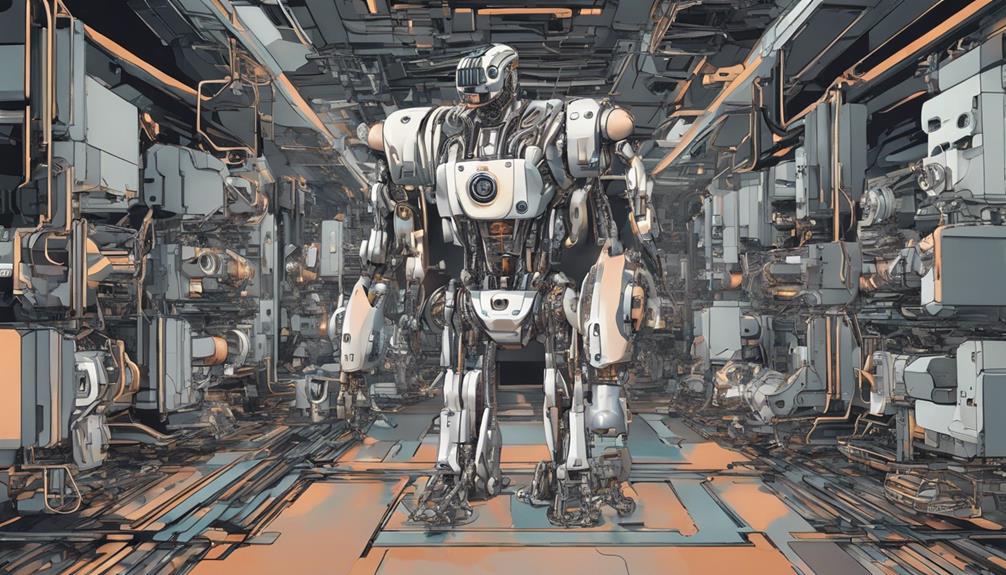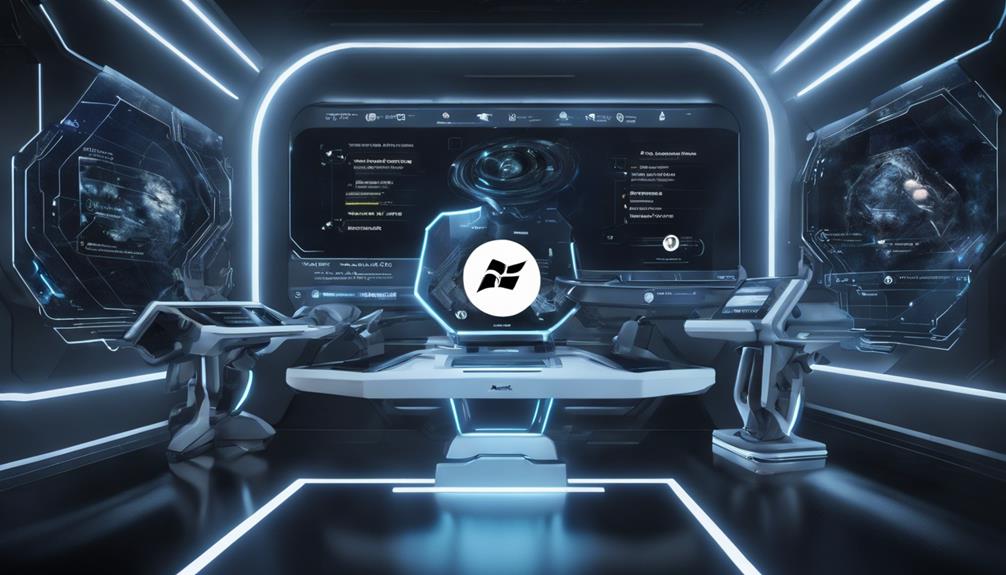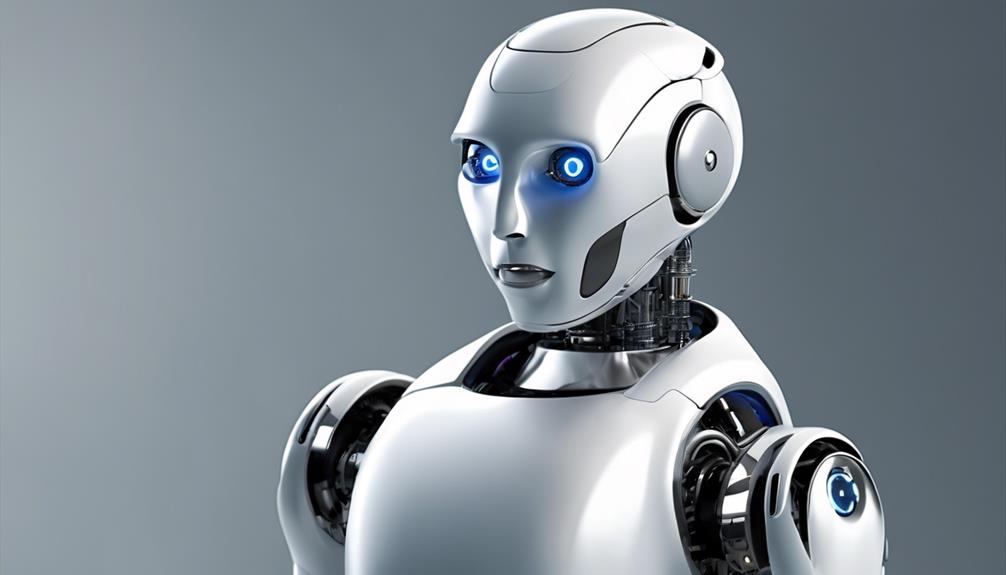In the field of artificial intelligence, the question of when to upgrade AI systems becomes increasingly important as technology evolves. AI is a constantly evolving field, prompting organizations to assess the effectiveness and performance of their current systems.
While the initial implementation may have met requirements, the question remains: are these systems equipped to adapt and scale in line with emerging technologies and business needs? The need for replacement goes beyond mere functionality; it is a strategic imperative that ensures organizations remain at the forefront of innovation and competitiveness.
Key Takeaways
- Technological advancements drive AI system replacements for improved capabilities.
- Outdated systems compromise efficiency and pose security risks.
- Upgrading AI systems ensures competitiveness and innovation.
- Factors like evolving business needs and cost-effectiveness prompt AI system replacements.
Key Reasons for AI System Replacement
The necessity of replacing AI systems arises from various factors, including technological advancements, evolving business requirements, and the imperative for enhanced security and performance.
Technological advancements continually push the boundaries of AI capabilities, rendering current systems outdated. Upgrading AI systems becomes essential to leverage improvements in algorithms and functionalities.
Moreover, changing business needs demand more sophisticated AI solutions to stay competitive in dynamic markets. Security vulnerabilities present significant risks, prompting the replacement of AI systems to ensure robust protection against cyber threats.
Outdated infrastructure can hinder performance, efficiency, and scalability, necessitating the adoption of modern AI systems. Enhanced performance is a critical driver for organizations seeking to optimize operational processes and achieve superior outcomes.
Efficiency gains from replacing AI systems enable streamlined operations, while scalability ensures adaptability to evolving demands.
Impact of Outdated AI Systems
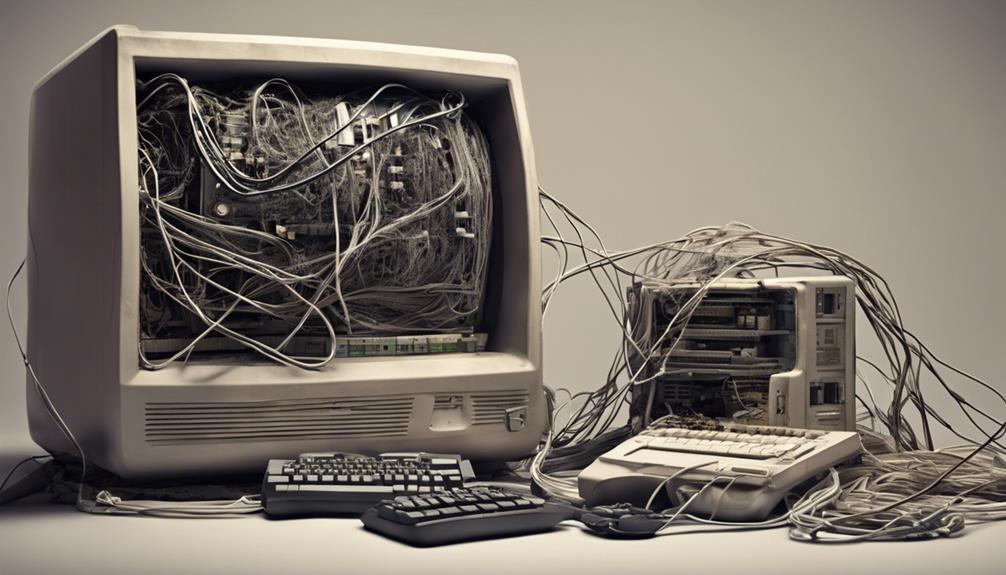
Impact of Outdated AI Systems extends beyond operational inefficiencies to encompass potential risks in data security and competitive viability due to technological obsolescence.
Outdated AI systems compromise efficiency and accuracy, impacting decision-making processes. Legacy systems struggle to adapt to the evolving technology landscape, hindering organizations from staying competitive.
Security vulnerabilities in outdated AI systems pose significant risks to data integrity and privacy, making them susceptible to cyber threats. Moreover, the lack of support and updates for obsolete AI systems leads to higher maintenance costs and operational challenges.
Failing to replace outdated AI systems not only affects current operations but also impedes innovation. Organizations become limited in their ability to leverage new advancements in AI technology, falling behind competitors who embrace technological evolution.
To mitigate these risks and stay relevant, it is crucial for organizations to recognize the implications of maintaining outdated AI systems and proactively consider the necessity of replacement.
Signs It's Time for AI Replacement
When assessing the necessity of AI system replacement, organizations must keenly observe key indicators signaling obsolescence and inefficiency within their existing technological framework. Decreased performance metrics compared to initial benchmarks serve as a prominent red flag, indicating the potential need for AI system replacement.
Technological advancements that surpass the capabilities of current AI systems may highlight the critical requirement for upgrades to ensure competitiveness and efficiency. Increased maintenance costs and system downtime are tangible indicators that can suggest the urgency of replacing outdated AI technology to streamline operations and reduce expenses.
Moreover, evolving business requirements and changing user needs can render existing AI systems inadequate, underscoring the importance of staying aligned with organizational goals and user expectations. Security vulnerabilities and compliance issues that persist despite efforts to address them with current AI systems may necessitate replacement to enhance data protection and regulatory adherence.
Benefits of Upgrading AI Systems
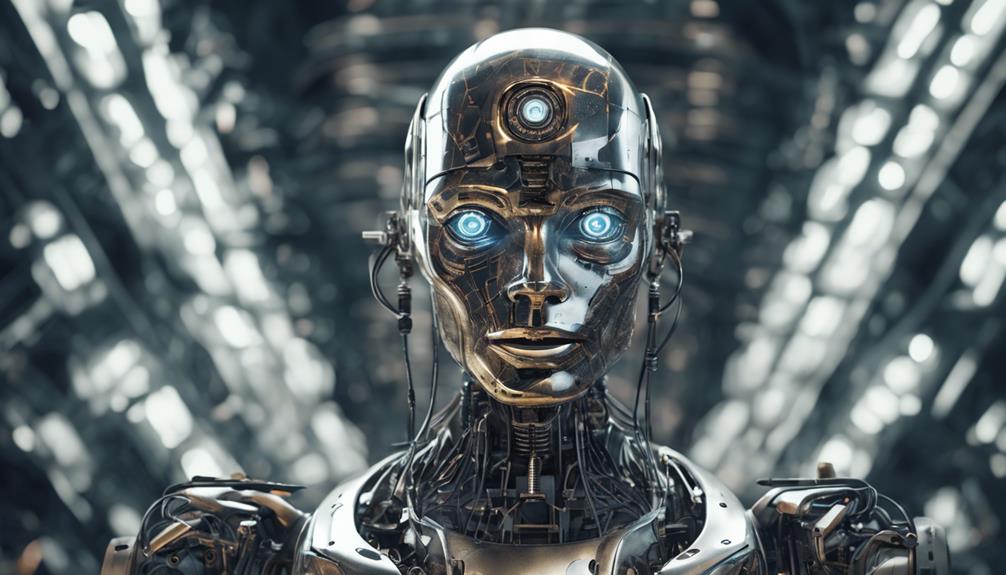
Enhancing AI systems through upgrades offers organizations a competitive edge by improving operational efficiency and decision-making accuracy. By incorporating the latest advancements in AI technology, organizations can benefit in various ways:
- Advanced Forecasting: Upgraded AI systems can provide more sophisticated forecasting capabilities, enabling better trend prediction and strategic planning.
- Task Automation: AI technology can automate tedious tasks, allowing employees to focus on more strategic initiatives and creative problem-solving.
- Seamless Integration: Improved AI systems can seamlessly integrate with existing workflows, enhancing overall productivity and streamlining operations.
As AI is changing the landscape of work, it is crucial that organizations leverage these advancements to stay ahead in the market. Rather than fearing that AI will replace human workers, organizations should focus on how AI should augment human intelligence and capabilities. By embracing AI technologies for the betterment of humankind, businesses can unlock new opportunities for growth and innovation.
Factors Driving AI System Replacement
In light of the rapidly evolving technological landscape and the imperative for organizations to maintain competitiveness, the discussion now shifts towards examining the essential factors that drive the replacement of AI systems. Several key elements contribute to the need for replacing AI systems, including technological advancements, evolving business requirements, improved AI algorithms, security vulnerabilities, cost-effectiveness, system upgrades, performance, and data protection.
| Factors Driving AI System Replacement |
|---|
| Technological Advancements |
| Business Requirements |
| AI Algorithms |
Technological advancements play a pivotal role in rendering older AI systems obsolete, necessitating upgrades to keep pace with innovation. Changing business requirements often demand more advanced AI capabilities, prompting the replacement of outdated systems. Improved AI algorithms and models offer enhanced performance and efficiency, driving organizations to replace existing systems for better outcomes. Moreover, security vulnerabilities in older AI systems may compromise data protection, making replacement crucial for ensuring compliance and safeguarding sensitive information. Cost-effectiveness considerations further reinforce the need to replace outdated AI systems with more efficient solutions that align with current business objectives.
Frequently Asked Questions
Why Should We Get Rid of Ai?
Eliminating outdated AI systems is imperative to stay competitive and secure. Legacy systems hinder progress, lack compatibility with modern technology, and pose security risks. Upgrading to efficient AI solutions enhances performance, reduces costs, and boosts productivity.
Why AI Should Replace Humans?
AI should replace humans for tasks requiring precision, speed, and data processing. Its unmatched capacity for analyzing intricate patterns and vast datasets elevates decision-making. This hyper-efficient technology surpasses human limitations, revolutionizing industries with its unparalleled capabilities.
Why Is AI Becoming a Problem?
AI is becoming a problem due to challenges like ethical dilemmas, biased algorithms, data privacy concerns, and job displacement. Ensuring responsible AI development, transparency, and accountability are crucial to address these issues effectively.
Is AI Going to Replace Everyone?
AI is not poised to replace everyone, as certain jobs can be automated while others requiring human creativity, social skills, and complex problem-solving remain immune. AI excels at data tasks but lacks emotional intelligence and creativity.
Conclusion
In conclusion, the imperative need for replacing AI systems lies in the enhancement of performance, security, and alignment with technological advancements. Outdated systems hinder efficiency and innovation, necessitating timely upgrades to stay competitive.
Recognizing the signs for replacement and understanding the benefits of upgrading are crucial for businesses to adapt to evolving demands. By embracing the factors driving AI system replacement, organizations can optimize operations and drive success in the ever-changing landscape of technology.
Ava combines her extensive experience in the press industry with a profound understanding of artificial intelligence to deliver news stories that are not only timely but also deeply informed by the technological undercurrents shaping our world. Her keen eye for the societal impacts of AI innovations enables Press Report to provide nuanced coverage of technology-related developments, highlighting their broader implications for readers.
